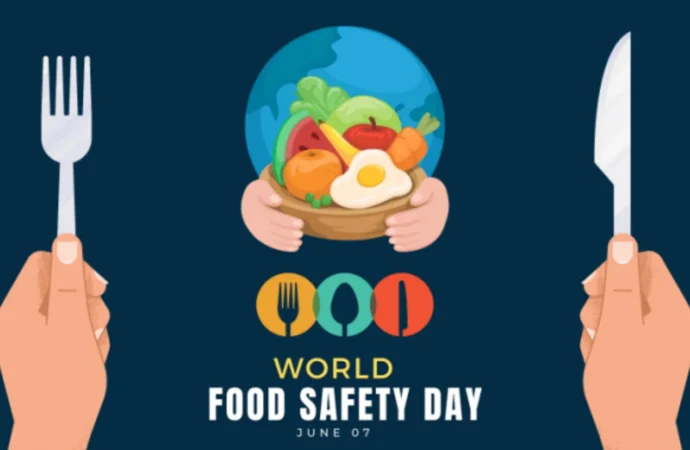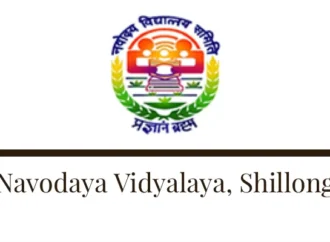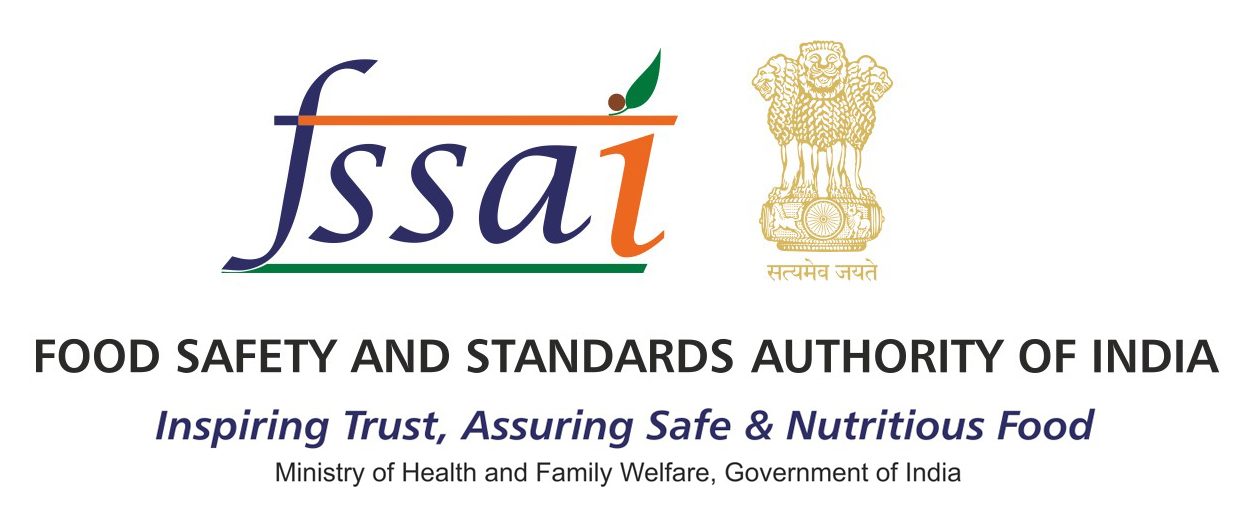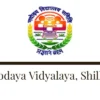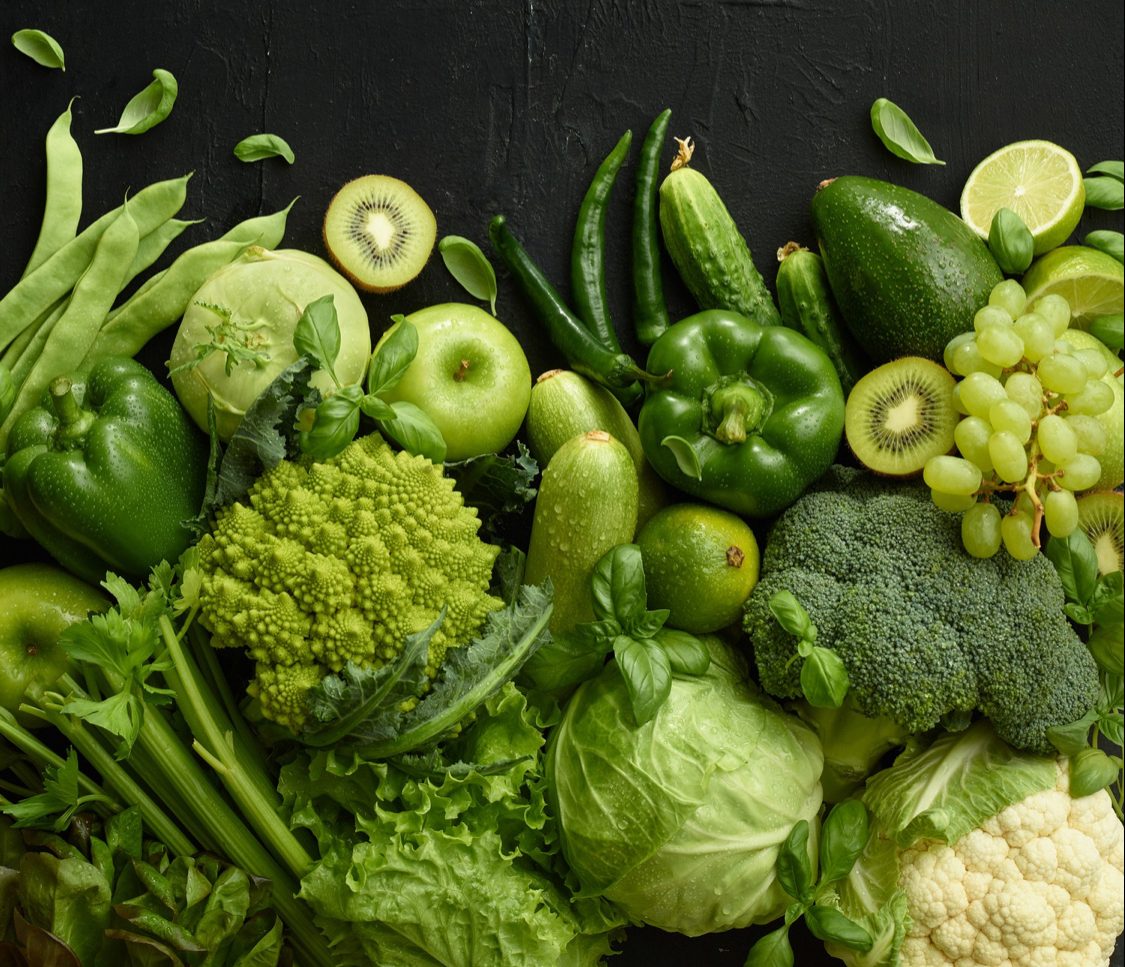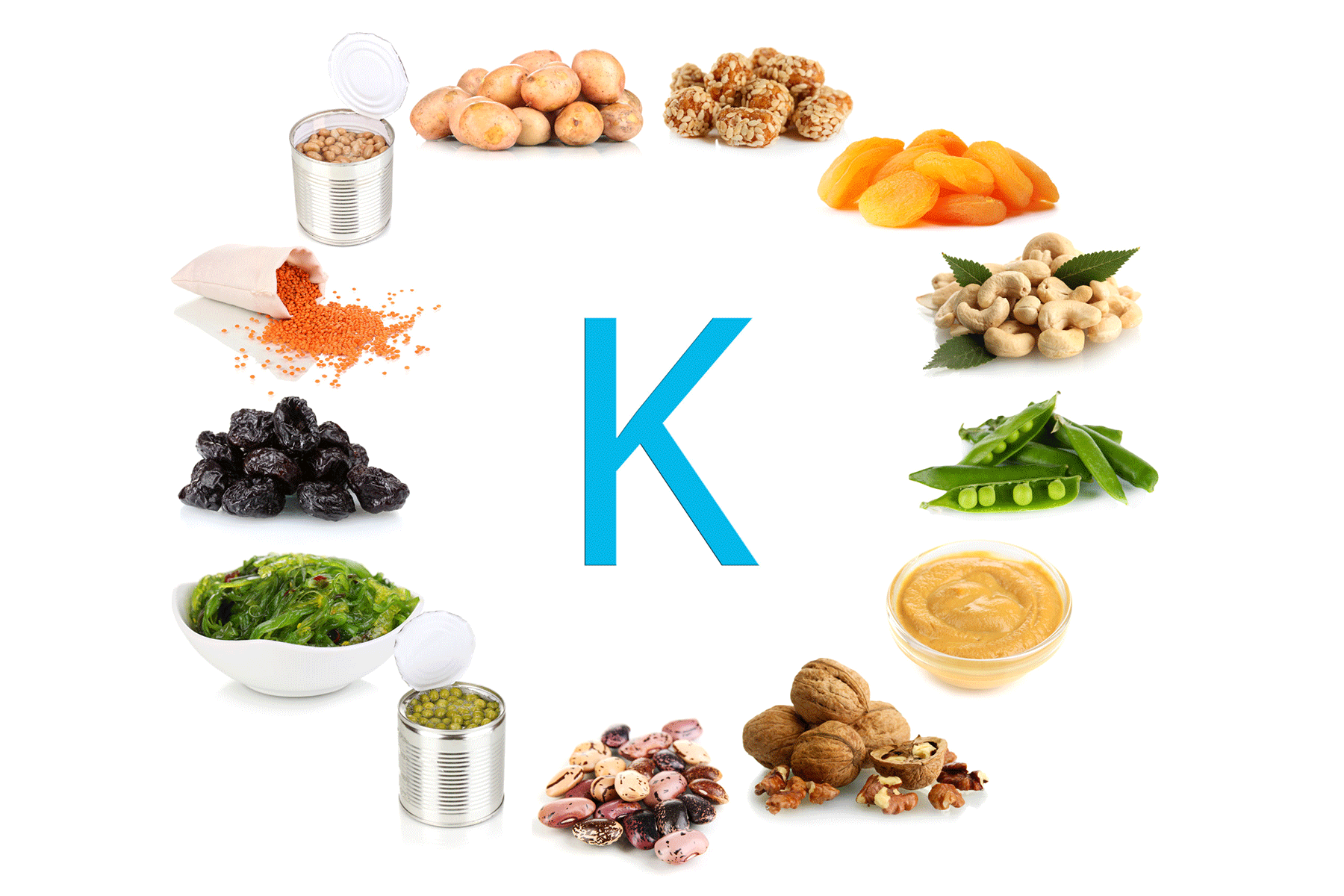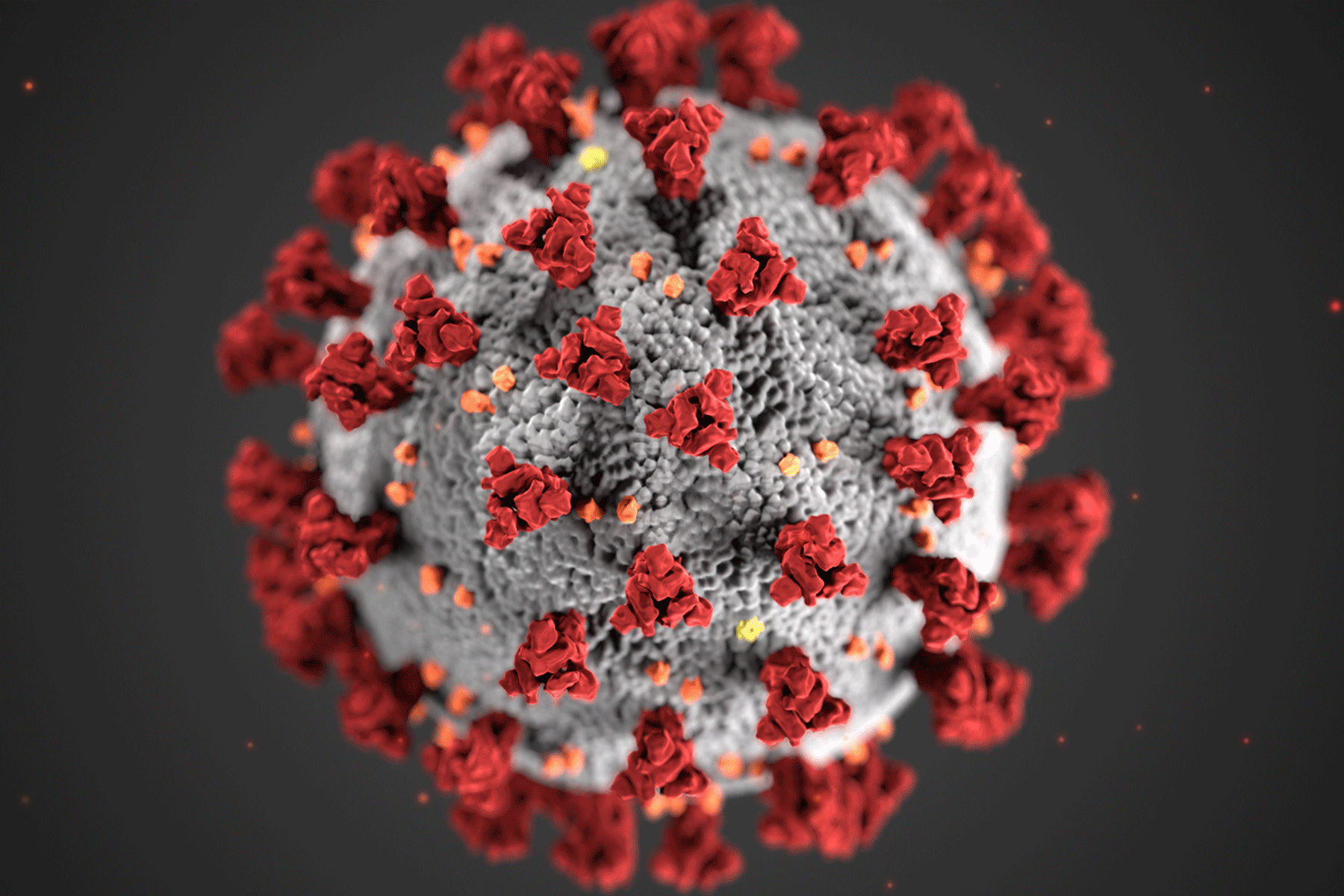World Food Safety Day, observed on June 7 since 2019, highlights the importance of safe food for health and development. Initiated by the UN and led by the WHO and the FAO, it reminds us that food safety is a shared global responsibility. In India, FSSAI promotes safe practices through initiatives like Eat Right India. Key challenges include a lack of awareness, informal food sectors, and climate change. Globally, foodborne illnesses affect 600 million people annually. With rising risks and complex supply chains, urgent action is needed to ensure safe food from farm to plate—for a healthier, more sustainable future.
Why Do We Celebrate World Food Safety Day on June 7?
The United Nations General Assembly declared June 7 as World Food Safety Day in December 2018. The world marked the first celebration in 2019. The UN chose this date to align with global food safety initiatives and to raise awareness about the health risks associated with unsafe food. The World Health Organisation (WHO) and the Food and Agriculture Organisation (FAO) of the UN lead this global observance. Together, they encourage governments, organisations, and individuals to take action in making food safer at every stage.
Why Food Safety Matters
Food safety means keeping food free from harmful bacteria, viruses, parasites, and chemicals. When people consume contaminated food, they face serious health risks, from mild food poisoning to chronic illnesses and even death. According to WHO:
-
600 million people—nearly 1 in 10 globally—get sick each year after eating unsafe food.
-
Unsafe food causes 420,000 deaths annually, with 125,000 deaths among children under 5.
Safe food supports strong economies, improves nutrition, reduces healthcare costs, and contributes to achieving the Sustainable Development Goals (SDGs).
Why Food Safety Is Crucial in India
India’s food landscape is vast and diverse, making food safety both important and challenging. A large population, widespread street food culture, and growing food industries demand strict regulation and awareness. The Food Safety and Standards Authority of India (FSSAI) leads the country’s food safety efforts. FSSAI sets standards, inspects facilities, trains food handlers, and raises awareness among consumers.
Key initiatives include:
-
Eat Right India – promoting healthy, safe eating habits.
-
Food fortification – improving nutritional value.
-
Hygiene rating systems – encouraging clean food outlets.
-
Training programs – educating food business operators.
-
Mobile testing labs – checking food quality on the go.
Still, India faces challenges like food adulteration, pesticide contamination, and gaps in rural food safety infrastructure.
Global Food Safety Impact
As food trade expands across borders, food safety has become a global issue. Contamination in one country can quickly affect health outcomes in another.
To support global food safety:
-
The Codex Alimentarius Commission, formed by the WHO and FAO, sets international food standards.
-
Countries use blockchain and other digital tools to trace food supply chains and track contamination.
-
Advanced monitoring in developed nations ensures strict compliance with safety laws.
However, many developing nations struggle with poor infrastructure, limited enforcement, and a lack of resources.
Top Challenges to Food Safety
Despite global progress, several key challenges continue to hinder food safety:
- Lack of Awareness: Many food producers and consumers don’t fully understand safe food practices, which increases contamination risks.
- Informal Food Market: In many countries, including India, street vendors and small sellers operate outside regulatory systems, making oversight difficult.
- Complex Supply Chain: As food supply chains grow more global, identifying and managing food risks becomes harder.
- Climate Change: Extreme weather and rising temperatures affect how we grow, transport, and store food, increasing the chance of contamination.
- Antimicrobial Resistance: Farmers and food producers often overuse antibiotics in animals. This contributes to antimicrobial-resistant bacteria, which can enter the human food chain.
India’s Current Food Safety Landscape
India continues to take important steps to improve food safety. FSSAI has ramped up inspections, encouraged digital tools, and expanded consumer education.
The government supports:
-
School and college programs like Eat Right Campus to promote healthy habits.
-
Partnerships with industries to ensure compliance and training.
-
AI-based systems to monitor safety violations in real time.
Still, rural and semi-urban areas need more investment in testing labs, cold storage, and safe food education.
Global Efforts and Innovations
Globally, countries are innovating to tackle food safety risks:
-
The EU and the US use smart sensors, blockchain, and AI to trace food from farm to fork.
-
Nations share data on food safety risks through global alert systems.
-
NGOs and governments invest in community-level food education, especially in vulnerable regions.
Conclusion
World Food Safety Day 2025 calls on everyone—from farm workers to policy-makers—to ensure that food remains safe and nutritious. In today’s interconnected and climate-impacted world, we must build strong food safety systems to protect lives and livelihoods. Governments must enforce clear standards. Food producers must follow hygiene practices. Consumers must stay informed. Together, we can make food safer for all and move toward a healthier, more sustainable future.
 Food Manifest
Food Manifest 